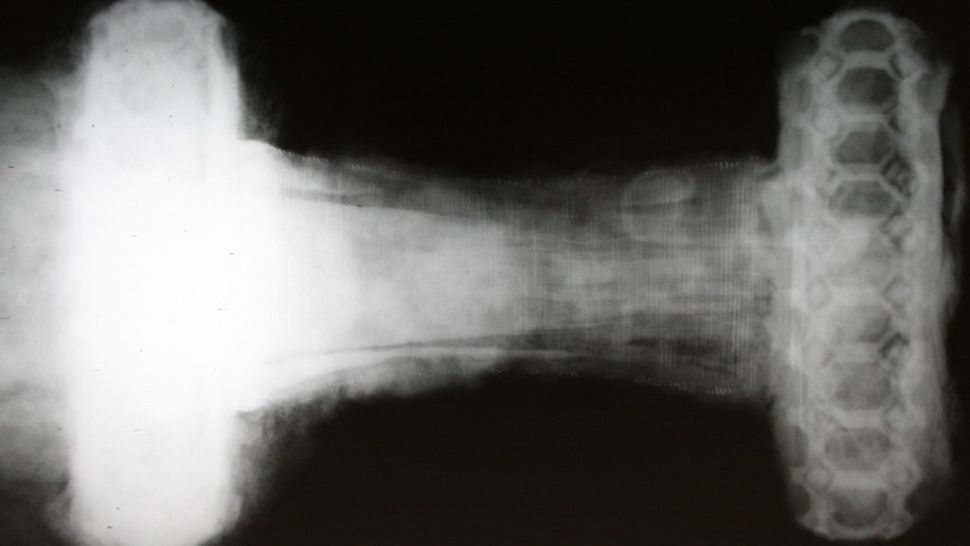Prehistoric giant ground sloths once roamed South America. Also, paleontologists, archaeologists and other specialists on the past know that, if they just look hard enough, they will find proof of the animals and societies that once inhabited the Earth.
Dinosaur bones have been found in many odd places, like the 2020 discovery in the Badlands of Alberta, Canada. A 12 year old boy discovered a dinosaur skeleton while out hiking with his father. It was that of a hadrosaur, known commonly as a duck-billed dinosaur. But finding it in the western Canadian prairies? That was a fluke.
Contents
Flukes are not uncommon in the world of paleontology and geology. Several important discoveries have been made by those not actively seeking them. Just like the paleoburrows found in Brazil in the mid-aughts.
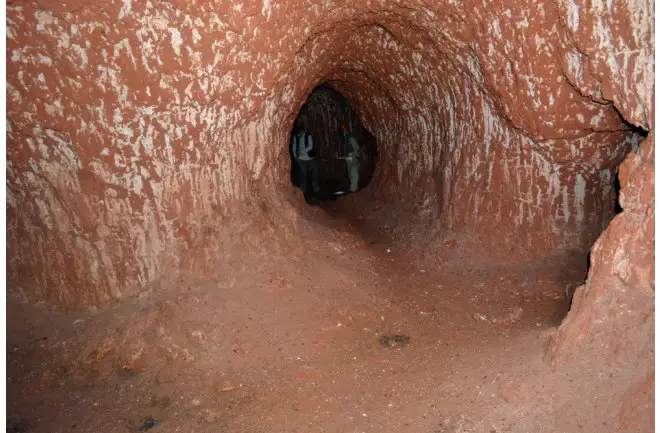
2000 Tunnels
In 2010, geologist Amilcar Adamy, following up on stories he had heard of big, curious tunnels stumbled upon by locals. Adamy found the tunnel and went inside to take a look.
What he found left him dumbstruck, but he was not the last researcher to find a tunnel. In fact, many more were soon discovered, approximately 2,000 thus far.
Another paleoburrow was investigated in 2015 by professor Heinrich Frank. Professor Frank thinks, like Adamy, that these caves and tunnels were made by a long extinct animal. He believes a species of giant sloth or armadillo was the likely candidate.
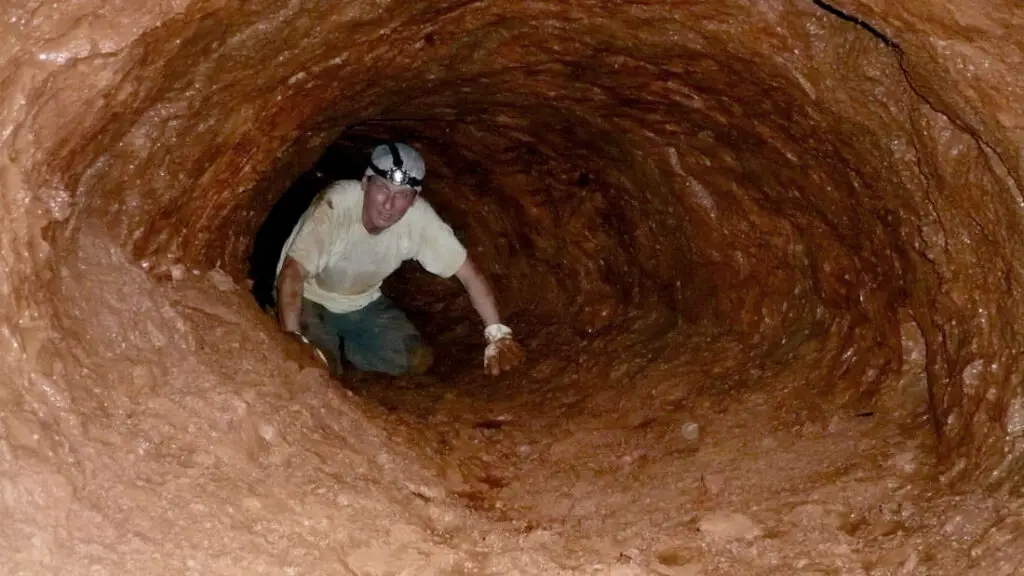
2,000 Feet Long
Particularly intriguing are the markings within the tunnels probably done while the animal was burrowing.
One tunnel, in particular, that Frank went into was approximately 2,000 feet long. And about three to five feet wide in some places. Frank saw the markings and knew immediately they were made by an animal.
Subsequent investigations have turned up underground formations of great complexity. Some with 25 or more branches running off the main tunnel.
Others are less sophisticated, consisting of one tunnel that runs about 20 or so feet. But all are quite revealing in what they tell paleontologists about the long-extinct animals that roamed South America before mankind ever did.
Very Rare in Paleontology
“For most of the fossil vertebrates, you have only the bones and no clues about their living. How they behave, if they live alone or in groups, etc. It is very rare, in Paleontology, to have this kind of information about an extinct species,” Professor Frank told the press. “This is the main reason why paleotocas are so important. Additionally, they give us a little bit of information about distribution and abundance of certain animals with different habits.”
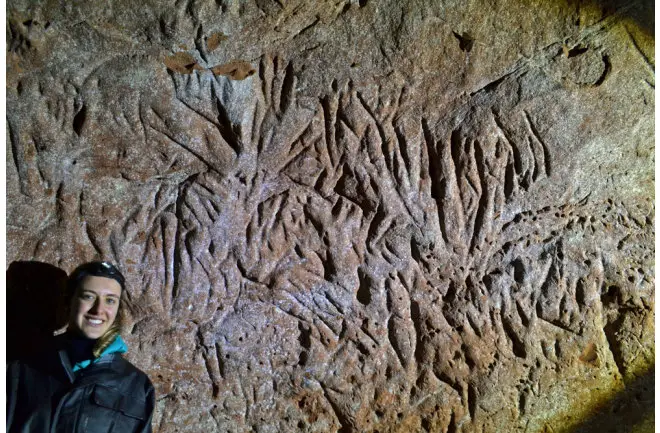
Thus far, scientists have been unable to pinpoint just how old paleoburrows are. However, most suggest they date back at least 10,000 to 8,000 years ago. Experts are still debating the best method of testing to learn a more precise date.
According to Natural History Museum:
Ground sloths were a group of mammals that lived in the Americas for millions of years. At one point found from Alaska to Argentina. All species of ground sloth on the mainland had died out by 10,000 years ago. Through a mix of climate change and human hunting took their toll.
These hunts would have been made easier by the fact they were enormous, generally slow-moving animals. They weighed up to the size of an elephant. Darwin’s ground sloth was slightly smaller than some of its larger relatives. Even so, it was coming in at around two tonnes in weight and roughly three metres long.
Still, these fascinating caves and tunnels have opened an entirely new area of research for paleontologists and geologists. Though many say the work is hamstrung by a lack of government funding. And the encroachment of development, which threatens many regions in Brazil where they are located.
Experts
A particularly complex one is called the Morro Grande Paleoburrow. After trekking through a valley of tropical vegetation and crossing a river. A massive hole in the side of a hill reveals itself. Experts say that it is one of the largest in Brazil, with many offshoots from the main cave.
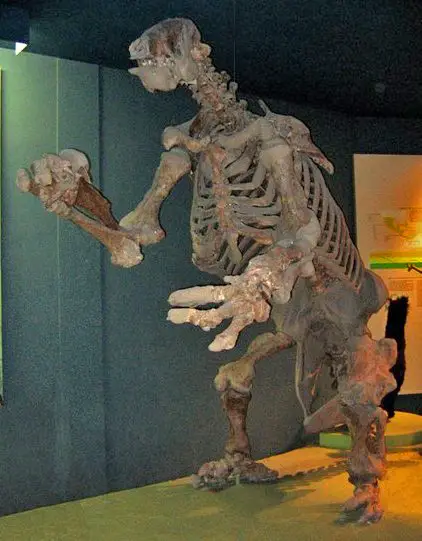
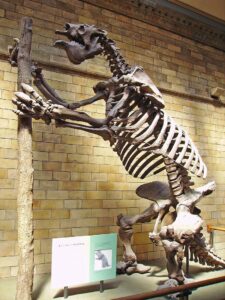
At one time, local residents thought the tunnel was dug by Indigenous peoples fleeing from invading Europeans. However, research in the past 12 years or so has disproved that theory.
“In these burrows, sometimes you get the feeling that there’s some creature waiting around the next curve – that’s how much it feels like a prehistoric animal den,”
Professor Heinrich Frank
Giant
The animals that carved these fascinating tunnels were nothing like the sloths we know today. Nor the armadillos that slowly make their way across tropical landscapes. The giant sloths that did the tunnelling and made the scratches within the burrows were massive. Experts say, perhaps as large as modern elephants.
If you like this article, then please follow us on Facebook and Instagram
Another Article From Us: Found: 90-million-year-old Rainforest
Much work remains to be done on the paleoburrows of Brazil. Learning more about their origins, about the creatures that dug them and when they lived. This will contribute much to this new branch of paleontology.
It remains to be seen whether there is the will to ensure the land is preserved. To ensure that work can be completed. And the money in place to support the researchers who undertake it.
